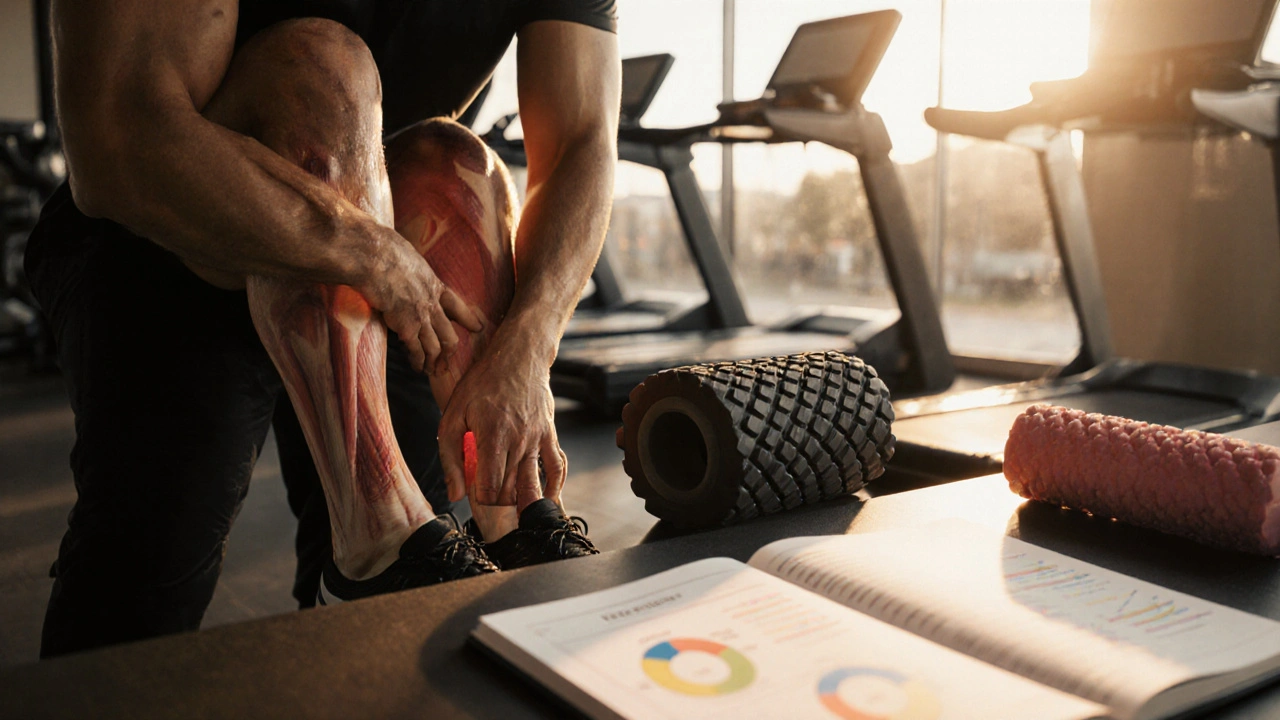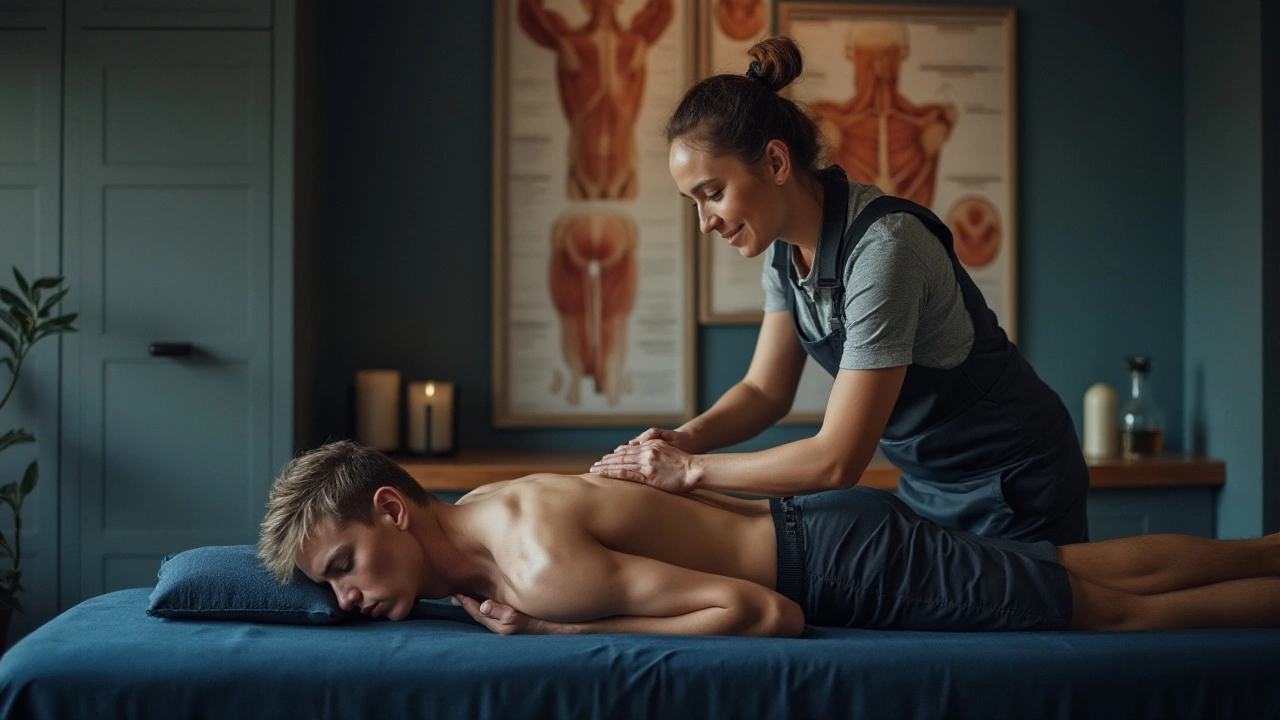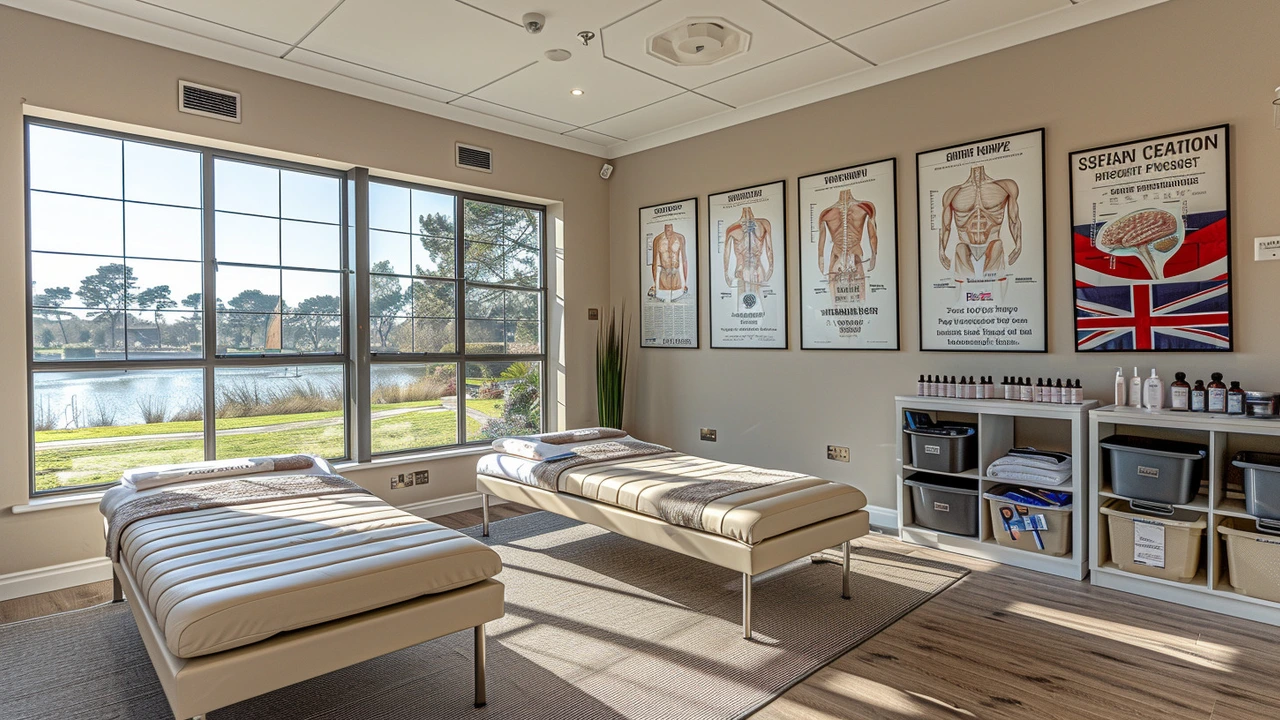Sore muscles slow you down, but simple routines speed recovery. Use rest, nutrition, movement, and smart treatment to cut soreness and get back to training without overdoing it.
Sleep is the single best recovery tool. Aim for 7–9 hours and keep a regular bedtime. Short naps (20–30 minutes) after tough sessions help muscle repair and reduce fatigue.
Protein fuels muscle repair. Eat 20–40g of protein within two hours after exercise—think Greek yogurt, a protein shake, or lean meat. Carbs refill glycogen; add a banana or whole-grain toast. Don’t skip micronutrients—magnesium and vitamin D help muscle function.
Dehydration worsens soreness. Drink water throughout the day and add electrolytes after long or sweaty workouts. A simple guideline: sip ~500ml in the hour after exercise and drink to urine color—pale straw is good.
Light movement boosts blood flow and clears waste products. Try easy cycling, walking, or a gentle swim for 20–30 minutes the day after hard training. Keep intensity low—you want movement, not another workout.
Daily mobility keeps joints moving and prevents tight spots. Use dynamic warm-ups before exercise and hold gentle stretches after workouts for 30–60 seconds. Focus on major areas: hips, hamstrings, calves, chest, and shoulders.
Foam rolling and self-massage reduce tension and speed recovery. Roll slowly over sore areas for 1–2 minutes; stop if pain spikes. A professional sports massage every few weeks helps athletes recover and prevent injuries.
Ice reduces swelling for acute injuries; use 10–15 minutes on new pain. Heat relaxes tight muscles—apply heat before activity or for stiff mornings. Compression sleeves can help after long days on your feet.
Over-the-counter NSAIDs (ibuprofen) ease pain short-term, but don’t rely on them chronically. If you’re on TRICARE, check the formulary for covered pain medications and pharmacy rules to avoid surprises.
See a doctor if pain is sharp, causes weakness, limits walking, or lasts more than a week. Sudden severe swelling or signs of infection need immediate care.
After a hard leg session: sleep well, eat a protein-rich meal within two hours, hydrate, do a 20-minute easy bike the next day, foam roll tight spots, stretch hamstrings and calves, and use ice only if swelling appears.
Delayed onset muscle soreness (DOMS) usually peaks 24–72 hours after intense or new workouts. It feels stiff and achy, not sharp. If soreness stays mild and improves, keep moving. If pain spikes, sharpens, or you lose range of motion, stop and get checked. Progress training slowly—add 5–10% load or volume per week.
Some supplements help: creatine supports strength and repair, omega-3s may lower inflammation, and whey makes post-workout protein easy. Talk with your clinician before starting any supplement. If problems persist, physical therapy helps rehab. TRICARE often covers therapy visits—use the formulary search to check coverage, limits, and prior authorization.
Try these steps for two weeks and track how your soreness changes. If you use TRICARE benefits, use the site's formulary search to check coverage for muscle-related meds and therapies.
Small changes add up fast.

Sports massage boosts recovery, prevents injuries, and improves athletic performance by targeting tight muscles and improving circulation. Learn how it works, who benefits, and how often to get it.
Read More
Sports massage is a crucial element in sports medicine, offering a range of benefits for athletes. It aids in muscle recovery, reduces injury risk, and enhances performance by improving circulation and flexibility. This article explores the techniques, benefits, and expert tips to incorporate sports massage into an athlete's routine. Discover how this hands-on therapy fosters better recovery and overall athletic health.
Read More
This article delves into the transformative power of sports massage in managing and treating chronic pain. It offers an in-depth exploration of how targeted massage techniques can significantly mitigate discomfort and enhance overall well-being. By highlighting the science behind sports massage, sharing personal anecdotes, and providing practical tips for incorporating massage into pain management strategies, the article aims to empower readers seeking relief from persistent pain. With insights drawn from research and firsthand experiences, it serves as a comprehensive guide to understanding and utilizing sports massage for chronic pain relief.
Read More